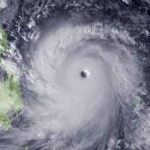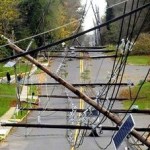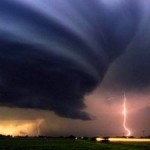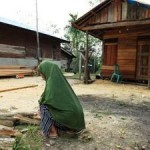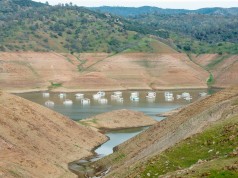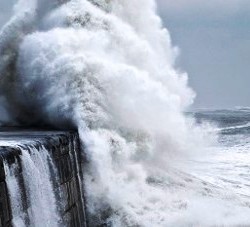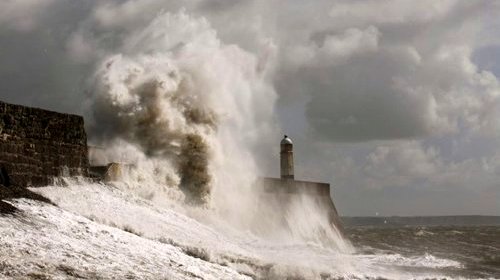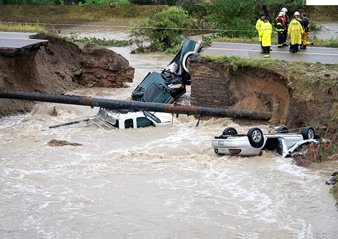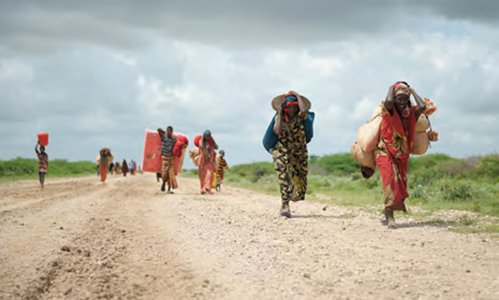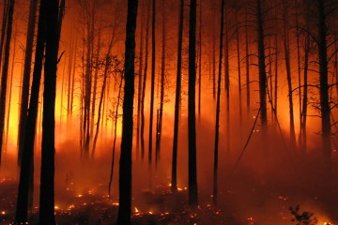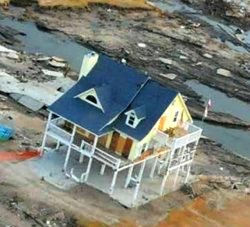 Geneva – Weather, climate and water-related disasters are on the rise worldwide, causing loss of life and setting back economic and social development by years, if not decades. From 1970 to 2012, 8,835 disasters, 1.94 million deaths, and US $ 2.4 trillion of economic losses were reported globally as a result of hazards such as droughts, extreme temperatures, floods, tropical cyclones and related health epidemics, according to a new report.
Geneva – Weather, climate and water-related disasters are on the rise worldwide, causing loss of life and setting back economic and social development by years, if not decades. From 1970 to 2012, 8,835 disasters, 1.94 million deaths, and US $ 2.4 trillion of economic losses were reported globally as a result of hazards such as droughts, extreme temperatures, floods, tropical cyclones and related health epidemics, according to a new report.
“The Atlas of Mortality and Economic Losses from Weather, Climate and Water Extremes 1970-2012” describes the distribution and impacts of weather, climate, and water-related disasters and highlights measures to increase resilience. It is a joint publication of the World Meteorological Organization (WMO) and the Centre for Research on the Epidemiology of Disasters (CRED) of the Catholic University of Louvain (UCL) in Belgium.
The Atlas aims to provide decision-makers with actionable information for protecting life and property. It also highlights the need for stronger efforts to report, standardize and analyze data on weather, climate, and water-related hazards to improve understanding of disasters and reinforce the platform for prevention.
The report was published ahead of the First Session of the Preparatory Committee Meeting (Geneva, 14-15 July) for the Third United Nations World Conference on Disaster Risk Reduction. It seeks to inform debate on the post-2015 framework both for disaster risk reduction and sustainable development.
Storms and floods accounted for 79 per cent of the total number of disasters due to weather, climate and water extremes and caused 55 per cent of lives lost and 86 per cent of economic losses between 1970 and 2012, according to the Atlas. Droughts caused 35 per cent of lives lost, mainly due to the severe African droughts of 1975 and 1983-1984.
The 1983 drought in Ethiopia ranked top of the list of human casualties, claiming 300,000 lives, as did Cyclone Bhola in Bangladesh in 1970. Drought in Sudan in 1984 killed 150,000 people, whilst the Cyclone locally known as Gorky killed 138, 866 people in Bangladesh in 1991.
Hurricane Katrina in the United States of America in 2005 caused the worst economic losses, at US $ 146.89 billion, followed by Hurricane Sandy in 2012 with a cost of US $ 50 billion.
The worst ten reported disasters in terms of lives lost occurred primarily in least developed and developing countries, whereas the economic losses were mainly in more developed countries.
Disasters ranked according to reported (a) Deaths and (b) Economic Losses, globally (1970-2012).
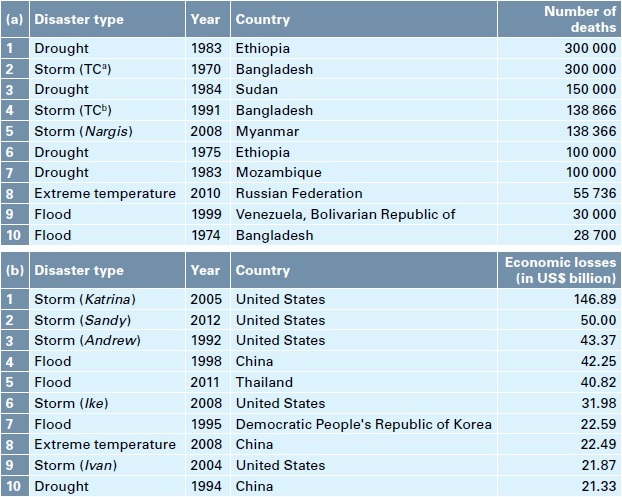
TC indicates disasters caused by tropical cyclones.
a Otherwise known as Bhola; however, the name was given prior to 2004 when a recognized tropical cyclone naming system was introduced in the region.
b Otherwise known as Gorky; however, the name was given prior to 2004 when a recognized tropical cyclone naming system was introduced in the region.
“Disasters caused by weather, climate, and water-related hazards are on the rise worldwide. Both industrialized and non-industrialized countries are bearing the burden of repeated floods, droughts, temperature extremes and storms,” said WMO Secretary-General Michel Jarraud. “Improved early warning systems and disaster management are helping to prevent loss of life. But the socio-economic impact of disasters is escalating because of their increasing frequency and severity, and the growing vulnerability of human societies.”
The report highlighted the importance of historical, geo-referenced information about deaths and damages to estimate risks before the next disaster occurs. This information can support practical decisions on reducing potential impacts by, for example, improved early warning systems, retrofitting critical infrastructure, or enforcing new building codes.


